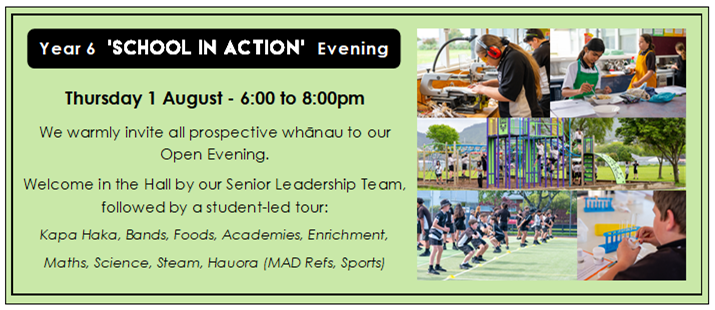
Behaviour Aspirations At Maidstone

Whanaungatanga

Manaakitanga
This means showing extended aroha to others and the ao with genuine kindness and compassion. At our kura we value and care for others through our words and actions. We nurture others and ourselves to build mana. Using our gifts and talents so that we can all succeed.

Kaitiakitanga
This means we are kaitiaki of the culture at our kura and te ao. We are a whānau who will sustain our environment, so that we and future generations will benefit.
Anei au, tō pou whirinaki. I'm here, I'll support you.
We will build a culture within the kura community where positive behaviour is shown in all that we do. The aspirations we have for our ākonga and staff are all linked to the kura values.
- Positive behaviour is a prerequisite to improving the engagement and achievement of our children and young people,
- Positive behaviour can be learnt, and difficult and disruptive behaviour can be unlearnt,
- Individual children are not a ‘problem’ – we need to provide the support and environment to help them to behave in an appropriate and socially positive manner,
- Punishing and isolating children doesn’t bring about long-term and sustainable changes in their behaviour,
- We need to focus on evidence-based programmes and frameworks that we know work,
- There are no quick fixes and that behaviour change takes time.
- This does not mean we do not have expectations and consequences for poor choices.

Behaviour Flowchart
At Maidstone Intermediate ākonga are expected to:
- Show courtesy and respect towards staff, ākonga and our community,
- Show consideration and kindness toward others,
- Listen to, and follow instructions given by staff,
- Behave in a safe and responsible manner,
- Wear the appropriate kura uniform at all times,
- Treat kura and the property of others, with care and respect.
Appropriate behaviours are modelled, and taught, as required.

Restorative Practice
Restorative Practice is about:
- Helping people to identify the impact their behaviour has had on others,
holding them accountable for their behaviour, - Supporting them to accept responsibility for their actions,
- Helping them find a way to “put it right” and make better choices in the future.
Why use Restorative Practice (RP)?
In any community there will be conflict, hurt and disappointment at times. Using a restorative approach teaches us effective skills and ways to manage conflict. These include active listening, ways to express emotion/feelings appropriately, problem solving, and the various actions required to successfully take responsibility for our actions.
This approach puts the onus on the “wrongdoer” to make things right. It teaches the importance of mending relationships.
Restorative practice expects high standards of behaviour and at the same time provides the support needed for ākonga/staff to meet these expectations


